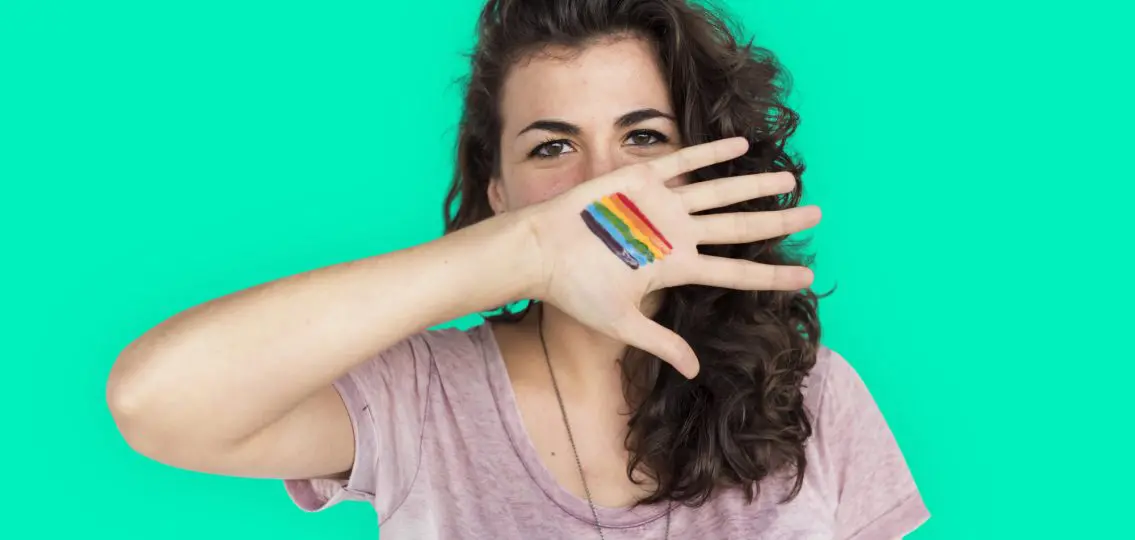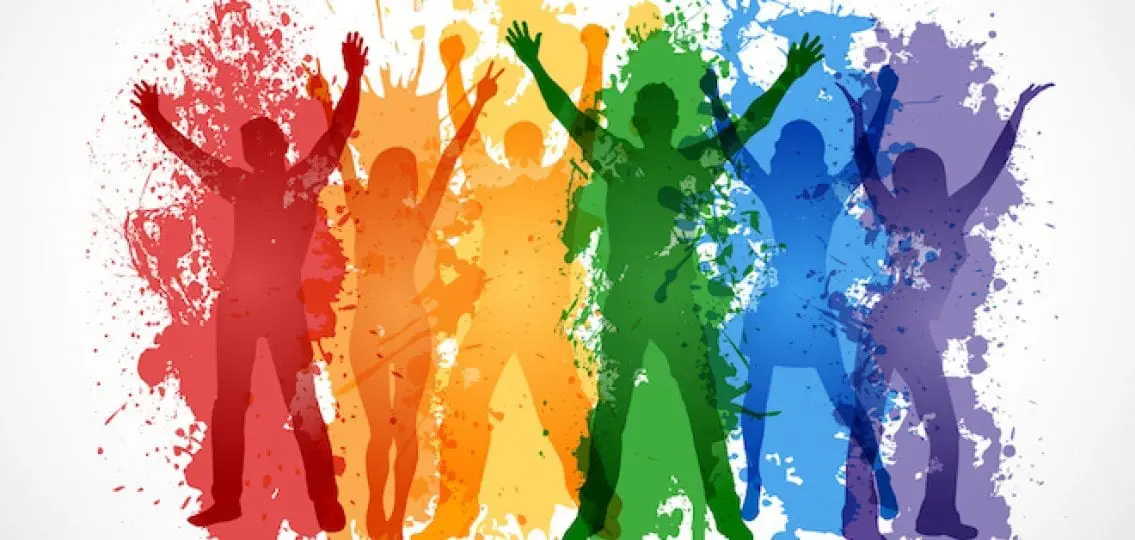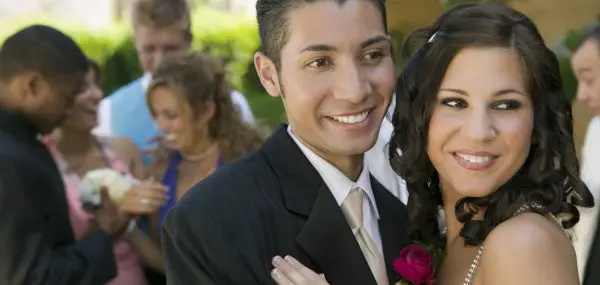The other night my sixth-grader and I were having one of those free-flowing bedtime talks, in which she was open and chatty, and I just tried not to mess it up by saying the wrong thing. She told me middle school had been great so far, and she didn’t understand why it got a bad rap.

“It gets trickier when hormones start complicating things,” I told her. I was about to add, “and boys and girls start having crushes on each other,” but I stopped myself.
I realized the message I would send if I said those words: that the usual order of business is boys and girls liking one another. And how that might set the stage for any LGBTQ crush being seen as abnormal.
Choosing Our Words and Our Message
I had made sure to address sexual preferences, gender identity, and transgender issues as part of “the talk”. But until that moment, I hadn’t thought about all the smaller messages I may be sending—as a heterosexual parent raised in a heteronormative society—that could end up alienating my kids if their first feelings of love don’t resemble the picture I’ve painted. After all, parents of LGBTQ children don’t always know beforehand.
A few weeks later on the TV show “This is Us,” the oldest daughter of uber-parents Randall and Beth Pearson told them she likes girls. “We love you no matter what,” Randall told her, a phrase that is supposed to represent the ultimate in acceptance parenting. Except it’s not. It implies that being gay is a negative that can be overcome by love, not something to be loved.
All of this got me thinking: How can heterosexual parents in a heteronormative world make all crushes not only okay, but something to celebrate? I called up some experts in inclusivity and child psychology to find out.
I learned a lot.
5 Ways to be Inclusive:
1. Use LGBTQ-inclusive language.
“A great place to start is to lose the gendered pronouns,” says Lisa Damour, author of the New York Times best-seller Under Pressure: Confronting the Epidemic of Stress and Anxiety in Girls. If you’re talking about a hypothetical future wedding or relationship, opt for spouse or partner instead of husband or wife.
“Language is the most important part,” says Jo Langford, author of The Pride Guide: A Guide to Sexual and Social Health for LGBTQ Youth. Replace boy or girl with words like somebody or anyone, as in “Do you have a crush on anybody?” Thinking back to my conversation with my daughter, I could have just said, “when kids start having crushes on each other.”
2. Take the initiative.
Parents are more and more open to their kids talking to them about issues of gender identity, says Langford, but are still hesitant to start the conversation themselves. “That’s hard on kids because it puts the onus of responsibility on them to bring it up.”
But when parents start the conversation, kids see their parents as safe people, says Langford. “And if your child is queer, it opens the door because a lot of kids don’t know how to broach it. We still have that cultural template of waiting until you’re coming home from college at Thanksgiving.”
3. Broaden your social circle.
Your kids benefit from you being engaged with people different than you, but it’s especially important for queer kids growing up in a heteronormative family. “Having close family friends who are LGBTQ and clearly valued and loved by parents sends a strong and unspoken message to kids,” says Damour.
4. Be a culture critic.
Whatever your community, the culture at large “presents us with lots of opportunities to share our values,” says Damour. When discrimination based on sexual orientation or gender identity comes up in the news, she says, talk as a family “about the moral wrongness of it and the social obligation to fight against it.” Damour watches the new “Queer Eye” TV show with her children and engages them in conversation when the show addresses discrimination.
“We just have to open up our lives and pay attention,” agrees Amy Lang, a sex educator in Seattle. “Some people have two-dad families, some people have two-mom families, some people have one-mom families. Let your kids know, ‘This is the way people are, too.’”
5. Be honest.
What if you haven’t always had an open mind? “If you’ve left a trail of unhelpful comments that you now realize are degrading or offensive, go back and clean it up,” advises Langford. Admitting your mistakes and letting kids see you change and be thoughtful can be hugely beneficial to them.
And it’s okay if these conversations are difficult at first. There’s a culture of silence around sex that can make it uncomfortable. It makes you worry about saying the wrong thing. Let your child know you’re not totally certain about how to talk about these LGBTQ issues. Chances are your child does.

“Transparency—especially as our kids become adolescents—is really powerful,” says Langford. “Because it lets them see us as the flawed humans we are and gives them an opportunity to be in the driver’s seat, which is great for our relationships.”




